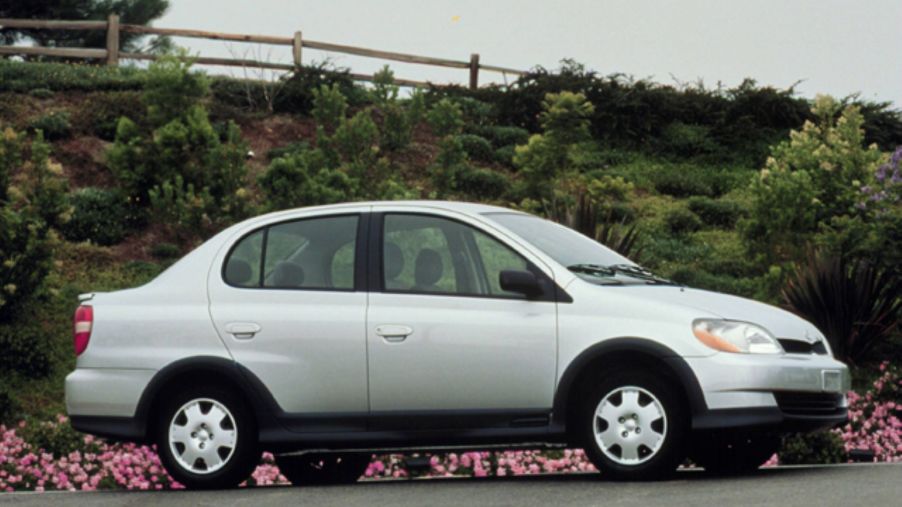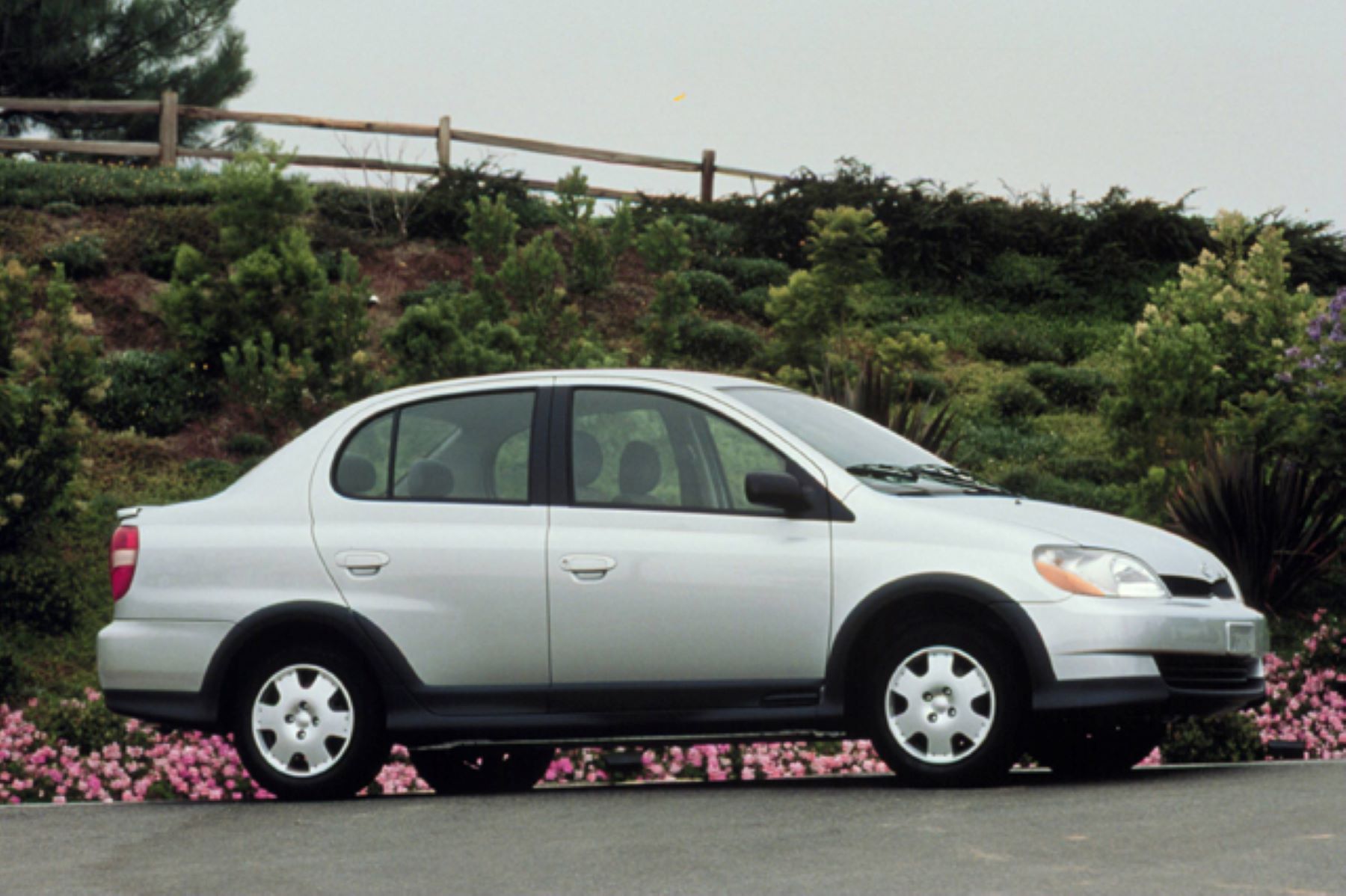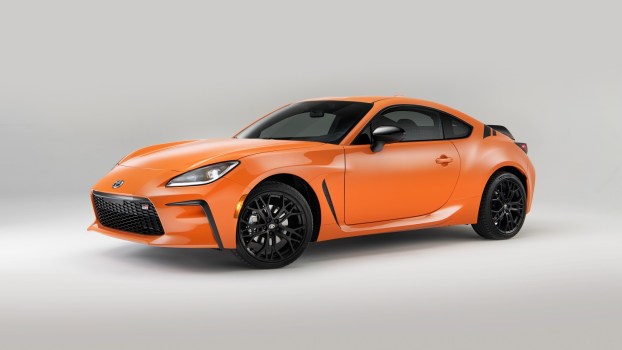
The Toyota Echo Is Proof Even the Best Companies Fail Sometimes
Toyota has long been known as one of the best companies in automotive history, not necessarily due to its radical style or incredible luxury features, but for its overengineering of nearly every component found in its models to ensure that every vehicle that comes off the assembly line lasts for decades with essential maintenance. This tradition of excellence built by Toyota started in the 1970s when the American market was flooded with compact foreign cars from brands like Toyota that offered something not found in American cars at the time; fuel efficiency. With the 1973 oil crisis in recent memory, American automotive companies kept producing huge bruising V8s that were choked of their power to reach decent fuel economy, while brands like Toyota won over the public with their long-lasting, fuel-efficient, and quality-built compact cars.
Throughout the 1990s, Toyota aimed to increase its younger consumer base. Up to this point, Toyota buyers were typically older people that were less concerned with the style of their car and more concerned with dependability and longevity. With the younger generation as the target, Toyota hit the design lab and came up with a series of vehicles that it hoped would make Toyota cool again.
Enter Project Genesis
According to Autotrader, Toyota’s Project Genesis was started in the late 1990s to get younger people behind the wheel of a Toyota. This project was responsible for the development of three cars, the Toyota MR2 Spyder, Toyota Celica, and Toyota Echo. While the MR2 Spyder and Celica had some great success, the Echo fell short of the rest of the lineup, disappointing in just about every single way.
The Echo was perhaps a little too basic…

The Toyota Echo was always meant to be a bare-bones vehicle to replace the aging and boxy Toyota Tercel, which was also a basic means of transportation and not much else. The Toyota Echo had an interesting style for the time, which featured sweeping smooth aerodynamic elements in the interior and exterior. Still, that style contrasted with just how bare-bones the Echo was. The Echo came standard with no power steering, clock, air conditioning, CD or cassette player, rear defroster, folding seats, and power locks. Those features were all considered optional add-ons.
The Toyota Echo starts strong but falls flat
At first, the Toyota Echo sold well, moving around 50,000 units in its first year alone, which is a good number for a brand-new subcompact car in a country that loves big bruising vehicles. The engine and transmission options were wonderful, featuring a brand new 1.5L four-cylinder engine making around 100 horsepower and 100 lb-ft of torque. When equipped with the ultra-lightweight Echo body, the engine propelled the Echo to 60 mph in just 8.5 seconds, which was impressive for a subcompact. The Echo could be had with an automatic transmission but came stock with a much-celebrated five-speed manual transmission.
However, the Echo didn’t last in the long run. After a short run from 2000 to 2004, the Echo was discontinued after only selling around 4,000 units in its final year. The biggest issue with the Echo was its lack of features. The young people it attempted to grab the attention of saw it as a small, boring econobox, and those young people flocked to more stylish used vehicles instead. The Echo was also anything but affordable for young people, with the Echo starting at around $11,000, but more often found at $13,000 ($22,475 in 2023 money) with basic options that young people couldn’t afford it.
The Echo spirit lives on… but fails again
While the Toyota Echo was discontinued in 2004, the spirit lived on in the Scion name. Scion was formed around 2003 as a new brand of vehicles built entirely for young people by Toyota. They were moderately successful at release, offering vehicles like a customizable tC, boxy xB, and low-key xA, but again, this decision to market to young people failed. By 2016, the Scion brand was absorbed into Toyota, where a few vehicles continued to be produced under the Toyota name, such as the C-HR and 86.
Sometimes, car companies fail to reach their target audience and produce a subpar product that fails to grab the attention of the automotive marketplace in the long run. Maybe someday, a brand will finally market to younger drivers and succeed. Still, for now, Toyota’s Project Genesis, the Scion brand, and the Toyota Echo will serve as a reminder that even the best companies fall short every once in a while.




